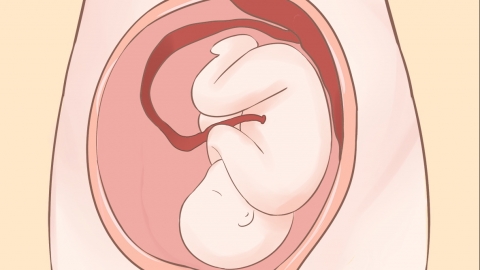What does it mean for the placenta to be attached to the anterior wall of the uterus?
Under normal circumstances, the placenta attaches to the anterior wall of the uterus. This situation refers to the placenta's position being located at the front of the uterus, closer to the pregnant woman's abdomen during pregnancy. A detailed explanation is as follows:

Placental attachment to the anterior uterine wall means that during pregnancy, ultrasound or other examinations reveal that the placenta is attached to the front wall of the uterus, closer to the abdominal side. This is one of the normal placental implantation positions. The anterior wall, posterior wall, lateral walls, and uterine fundus are all common sites for placental attachment. As long as the placenta does not cover the internal cervical os and maintains a safe distance from it, it generally will not cause any special impact on the pregnancy. The placental position is mainly determined by the embryo's implantation site. There is no fundamental difference in function between anterior and posterior wall attachment, as both serve the same role in providing nutrients and oxygen to the fetus and removing metabolic waste.
Although placental attachment to the anterior uterine wall itself does not increase pregnancy risks, pregnant women should still regularly attend prenatal checkups to monitor fetal development and any changes in placental position. Additionally, although this condition itself is not placenta previa, having an anterior placenta might slightly increase the risk of placenta previa. Placenta previa refers to the placenta attaching to the lower segment of the uterus, with its edge reaching or covering the internal cervical os, which may increase the risk of bleeding and other complications during pregnancy.





